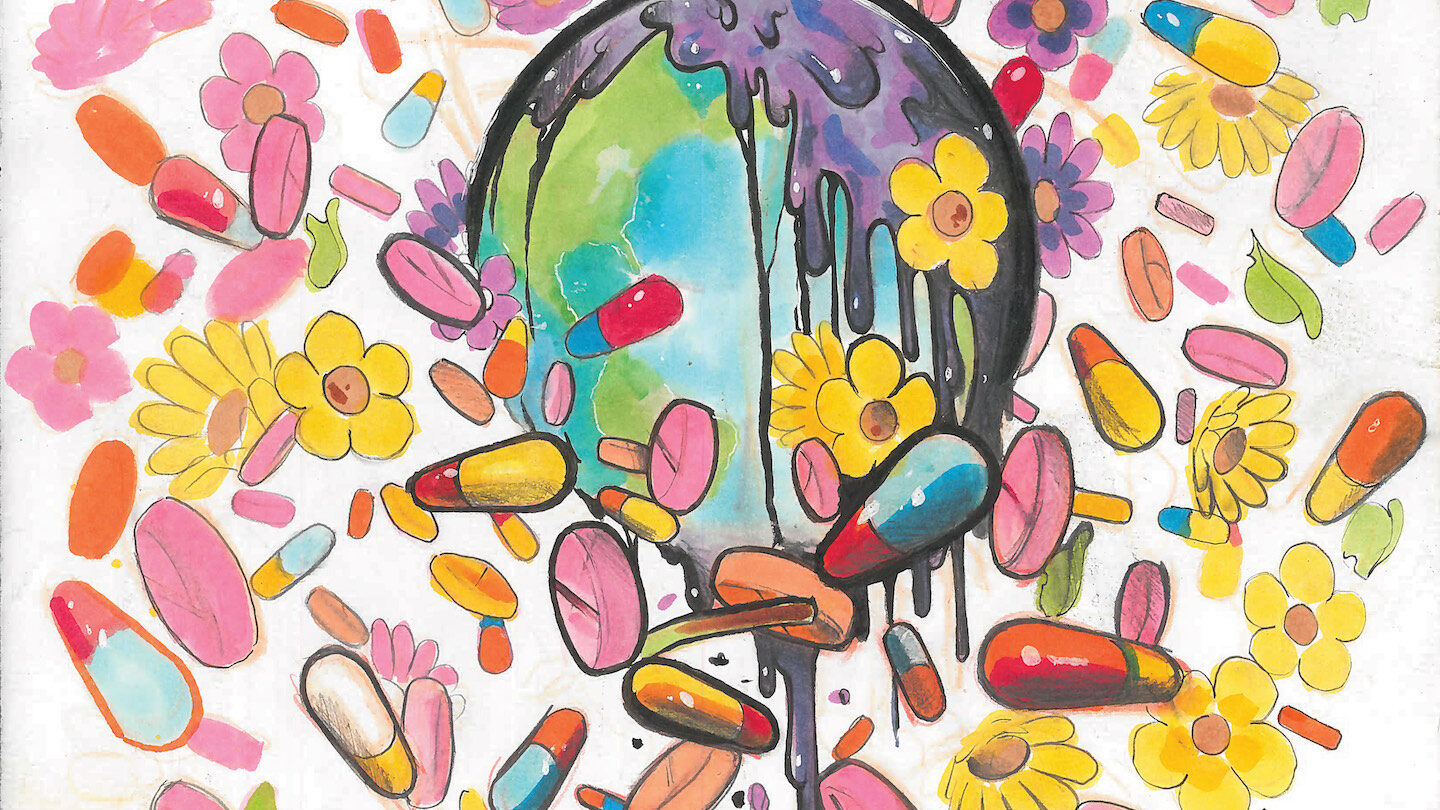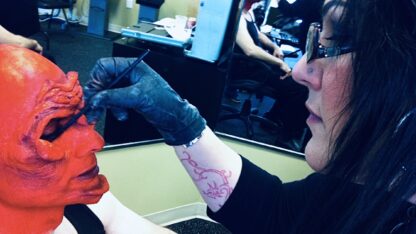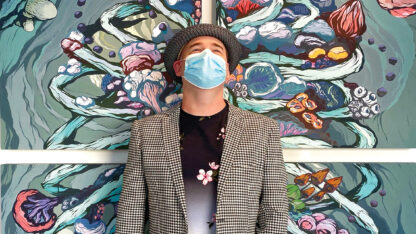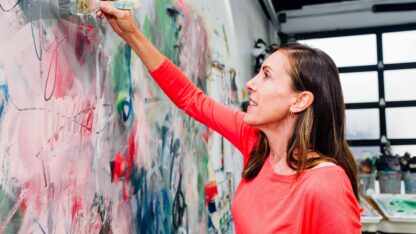Pullman Yard's new exhibit examines addiction and recovery through the intersection of art and science

Addiction is a serious issue that affects millions of Americans each year. The Science Gallery at Emory launched its inaugural exhibition at Pullman Yards, focusing on addiction. “Hooked: When Want Becomes Need” is co-produced with the Science Gallery at King’s College, London. The immersive exhibition examines addiction and recovery through the intersection of art and science. Co-curators Hannah Redler-Hawes and Floyd Hall joined “City Lights” host Lois Reitzes via Zoom to talk more about the exhibition.
Interview highlights:
Science and art joining in humanizing addiction:
“Very often scientists and artists are telling the same story, but the scientists are telling it through data, and the artists oftentimes are telling that same story in terms of how we feel and what we’re going through,” said Hall. “In this exhibition, we have moments where artists and scientists have collaborated on ways to communicate the journey of addiction, but not even thinking about it as just addiction — it’s really a human experience in terms of what we all go through, in terms of the things that we like to do that feel good, that we enjoy, and then what happens when those things maybe get beyond our control.”
“We wanted to challenge perceptions about addiction and bring in the reality and the perspective that it’s a cycle of addiction and recovery. It’s not a one-way street,” said Redler-Hawes. “But we also wanted to start with the questions of, ‘What is addiction? Is everything we know about addiction wrong? Is it a crime? Is it a health issue? Is it a moral failing or just a pitfall of being human? Or maybe not even a pitfall of being human, but maybe just a part of being human?’”
On a featured piece examining dopamine receptors:
“I think another really wonderful example is one of the new works, ‘Tune Reward’ by Summer Krinsky working with Dr. Sam Sober. So Sam Sober does research into the way that little finches, birds, learn how to sing and how the dopamine pathway is essential for that. But what’s interesting is that there’s the potential for his research to demonstrate how the dopamine pathway works,” explained Redler-Hawes.
She went on, “The dopamine pathway is something that becomes hijacked by the substances that we can become addicted to. So working together, they’ve created a really incredible interactive singing experience, and I won’t say too much. I think people should come and experience it.”
An invitation to the non-judgmental conversation:
“Blast Theory, a British artist, has been pioneering interactive work for 30 years now, and the piece of work they’ve made is called ‘Short periods of Structured Nothingness,’ which was made through a series of workshops with young people in the U.K., one of whom is American, as it happens,” Redler-Hawes said. “[It] explores, ‘What are the things in people’s lives that lead them to make decisions that may or may not lead to addiction?’ But the way it manifests in the gallery is through a kind of interactive telephone conversation that you have with some of these young people that really makes you think about what drives you.”
“We’ve built the show around being very inclusive and including voices of experience, so people with lived experience of addiction,” said Redler-Hawes. “So it’s about addiction and recovery, but the voices of people who’ve really lived that are really strong all the way through it. And the sort of feedback we get from people is that they don’t feel stigmatized. They don’t feel like it’s voyeuristic. It feels very inclusive.”
“Hooked: When Want Becomes Need” is on view at the Atlanta Science Gallery at Emory University through Sept. 24. Tickets and more information are available at www.atlanta.sciencegallery.com/about-hooked.








